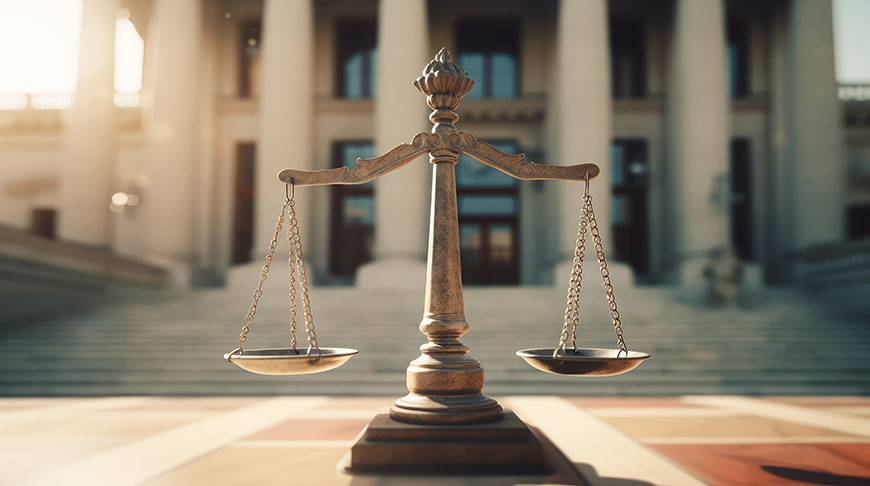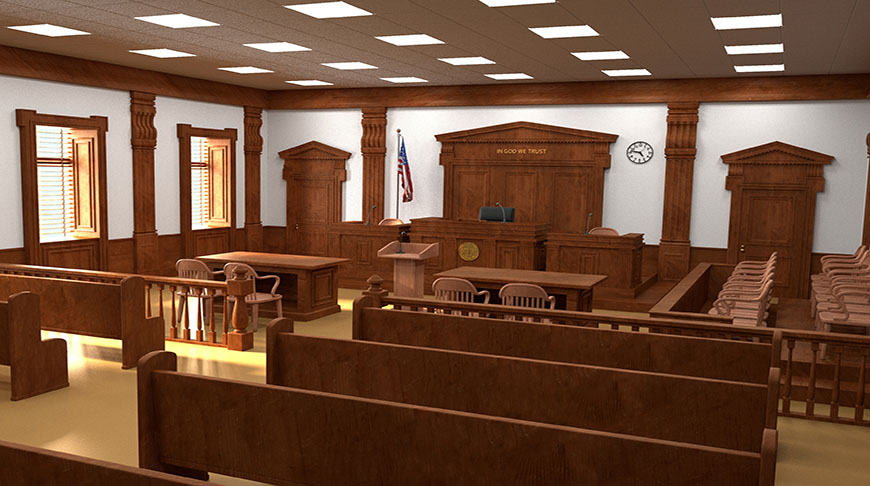To Parody or Not to Parody: The Supreme Court Weighs In
Close on the heels of the unanimous decision in Amgen v. Sanofi, the Supreme Court handed down another unanimous decision in Jack Daniel’s v. VIP Products. Justice Kagan wrote the opinion, with Justice Sotomayor and Justice Gorsuch adding concurring opinions.
For the first issue related to a conflict between the First Amendment and the Lanham Act, the Court held that the so-called Rogers test[1] does not apply as a threshold test when the challenged use of a mark is as a mark. For the second issue related to trademark dilution by tarnishment, the Court held that the statutory noncommercial exclusion does not protect parody when the use is source-identifying. Both issues turned on the same inquiry – whether the allegedly infringing use is a designation of source. As VIP Products used the marks derived from Jack Daniel’s as a source identifier for its own goods, “the infringement claim here rises or falls on likelihood of confusion,” said the Court.

Rejecting the Ninth Circuit’s view that Bad Spaniels was automatically entitled to First Amendment protection under Rogers because it communicated a humorous message, the Court said that “on that view, few trademark cases would ever get to the likelihood-of-confusion analysis. And the Ninth Circuit was mistaken to believe that the First Amendment demanded such a result.” With regards to tarnishment, the Ninth Circuit’s position placed the noncommercial exclusion in conflict with the statute’s fair-use exclusion in the Court’s view. Although the fair use exclusion covers parody, among other types of expressions, the Court said that the “Ninth Circuit’s expansive view of the noncommercial use exclusion—that parody is always exempt, regardless of whether it designates source—effectively nullifies Congress’s express limit on the fair-use exclusion for parody.”
In many ways, the Decision was not unexpected. No one expected the Court to do away with Rogers, as Jack Daniel’s argued, or to uphold the Ninth Circuit’s free speech overreach, as VIP Products contended. Justice Kagan’s questioning during the oral arguments[2] provided an insight into her opinion.
For example, she had suggested from the bench that the issues be framed under a legal principle such as “this [dog toy] is an ordinary commercial product using mark as a source identifier. That doesn’t get any special protection.” She had also drawn laughter when she asked, “what is the parody here? …. [b]ecause maybe I just have no sense of humor.”
The Court discussed a number of cases where Rogers has been applied in situations where a trademark has been used to perform an expressive function and not as a source identifier. The Court also highlighted Tommy Hilfiger Licensing, Inc. v. Nature Labs, LLC [3] as a case that also involved dog toys and has a “striking resemblance” to the present case. The Court emphasized that as long as there is some source identification, the likelihood-of-confusion factors are applicable, even in the presence of expressive content.
Justice Sotomayor, in her concurring opinion joined by Justice Alito, cautioned against an over-reliance on surveys in determining a likelihood of confusion, and recommended that lower courts properly scrutinize the surveys. This will help maintain a level playing field for the accuser, the accused, and the general public. Justice Gorsuch, in his concurring opinion joined by Justices Thomas and Barrett II, “underscore[d] that lower courts should handle Rogers with care.”
The future of parody and IP law
So, can parody ever survive scrutiny under the Lanham Act? The Court provided some guidelines: (i) “a parody must ‘conjure up’ ‘enough of [an] original to make the object of its critical wit recognizable.’” And (ii) “the parody must also create contrasts, so that it’s message of ridicule or pointed humor comes clear.” If and when the parody satisfies these criteria, it is not likely to cause confusion as the Court sees it. And if the oral arguments are a guide, then the basic parodic element had better be humorous!
Apart from the significant legal implications, including a likely slow decline of the applicability of Rogers, the opinion has some far-reaching policy implications. It serves to put potential bad actors on notice that any attempt to flood the market with look-alikes and “rip-offs” under the cover of the First Amendment/parody protection by adding a modicum of humor will not be viewed favorably. The opinion also fends off potential mischief by foreign agents and/or governments from bleeding iconic trademarks, weakening U.S. industries and the economy, and threatening long-term national security.
Although some may criticize the opinion as not going far enough in setting forth the particular contours of the Rogers test, such an outcome would be undesirable. The Court prudently shifted the focus from a “free speech” lens to a “source identifier” lens in deciding when to apply the Lanham Act. This clarifies the blurry lines between free speech protection and trademark infringement. Deciding whether a use has a primarily “expressive intent” or a primarily “source identification” function will necessarily turn on the facts of an individual case.
In light of this ruling, here’s some guidance for aspiring parodists and mark owners:
- Use other media: If the intent is to create humorous content, find non-commercial ways to express that content.
- Maximize humor, minimize copying: If use is to be commercial, then it is likely to cause confusion. Therefore, to withstand a likelihood-of-confusion analysis, instead of starting by copying a recognized mark, focus on the humorous message first, and build your mark around it. Add minimal elements of the recognized mark that are sufficient to “conjure up” the recognized mark. And make the message funny to highlight the parodic element.
- Mark as a mark: As the Court explained, use of a mark as a designation of source, regardless of the extent of expressive content, is not entitled to heightened protection, but falls under traditional infringement analysis. In designing surveys, ask if the infringing use is a mere evocation of the protected mark or a close replica.
- If it ain’t funny, it likely ain’t parody: If the expressive content in an allegedly infringing use isn’t funny, it’s less likely to be protected as a parody. Surveys can be designed to qualitatively measure the amount of humor.
- Design fair surveys: When designing surveys to determine a likelihood of confusion, avoid leading questions, and avoid any suggestion that a parody requires permission from the owner of the target mark.
[1]The Rogers test protects an artistic work under the First Amendment (and does not violate the Lanham Act) “[(i)] unless the artistic work has no artistic relevance to the underlying work whatsoever, or, [(ii)] if it has some artistic relevance, unless the title explicitly misleads as to the source or the content of the work.” See, Rogers v. Grimaldi, 875 F.2d 994 (2d Cir. 1989).
[2] https://www.supremecourt.gov/oral_arguments/argument_transcripts/2022/22-148_3d94.pdf
[3]Tommy Hilfiger Licensing, Inc. v. Nature Labs, LLC, 221 F. Supp. 2d 410, 412 (SDNY 2002)


